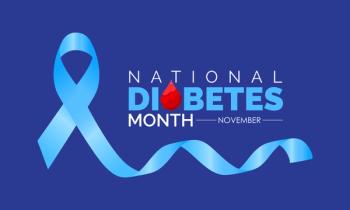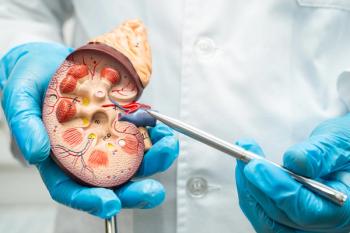
Scientists Can Now Predict How Quickly HIV Will Return Post-Treatment
Researchers determine why HIV persists in some patients and remains dormant in others.
Researchers determine why HIV persists in some patients and remains dormant in others.
Scientists can now more easily predict how quickly HIV will return after individuals cease treatment, according to a discovery by researchers at UNSW Australia and the University of Oxford.
These findings opens up new avenues for understanding why HIV persists in some patients and remains dormant and undetectable in others. While current antiretroviral therapies (ART) stop HIV from replicating, it does not completely eradicate the virus.
Eliminating the confounded reservoirs of the virus remains one of the most difficult aspects of HIV research. Prior studies have shown the treatment of HIV with ART in the weeks following transmission to produce a state of post-treatment control in some patients.
However, the function that induces and maintains this state of remission is not fully understood. The study provides a means to better understand the processes that maintain viral persistence in the body, which is vital for the eradication of HIV.
Oxford researcher Professor John Frater led the study researchers in analyzing data from a randomized study of patients with primary HIV infection involved in the SPARTAC trial. Scientists compared the T-cells of 154 patients in Europe, Brazil, and Australia who had disrupted ART treatment after 12 or 48 weeks.
After compiling a list of 18 immune system biomarkers, scientists discovered 3 of them—PD-1, Tim-3 and Lag-3—were significant predictors of when the virus would return.
The researchers found that high levels of these biomarkers that attached to exhausted T-cells prior to patients commencing ART were associated with earlier recurrence of the virus post-treatment interruption. These findings have never before been observed.
Professor Rodney Phillips played a particularly important role in the discovery of the association of biomarkers with an earlier rebound of the virus. His proposal in 2003 to conduct immunology and virology of the patients receiving ART during the SPARTAC trial is what led researchers to make the discovery 10 years later.
“The SPARTAC study will never be able to be replicated again and it has provided us with a once-in-a-lifetime opportunity to look at the causes of viral rebound in this particular group of patients with HIV,” Professor Phillips said. “Focusing on the exhaustion markers was an important step as it has given us vital clues as to why some people are able to better control the virus after therapy has been interrupted.”
Study co-author Professor Anthony Kelleher said comprehending the mechanisms that allow HIV to remain in a temporary state of remission is essential if the virus is to be eradicated.
“We want to be able to predict how the virus will behave before we take patients off ART to test drug therapies aimed at eradicating HIV,” Kelleher said.
Clinical guidelines indicate a need for patients to continue on ART, due in large part to another UNSW Kirby Institute-pioneered study known as the START (Strategic Timing of antiRetroviral Treatment) clinical trial. The trial illustrated the added benefits of beginning ART early.
The PD1 biomarker has already been identified as a target for drug development to treat stage 4 melanoma and end stage cancer. The next step for researchers is to consider how to manipulate immune cells with the PD1 marker in HIV research.
The researchers strongly recommend that future studies focus on biomarkers when investigating how to control the HIV virus following ART.
Newsletter
Stay informed on drug updates, treatment guidelines, and pharmacy practice trends—subscribe to Pharmacy Times for weekly clinical insights.


















































































































































































































